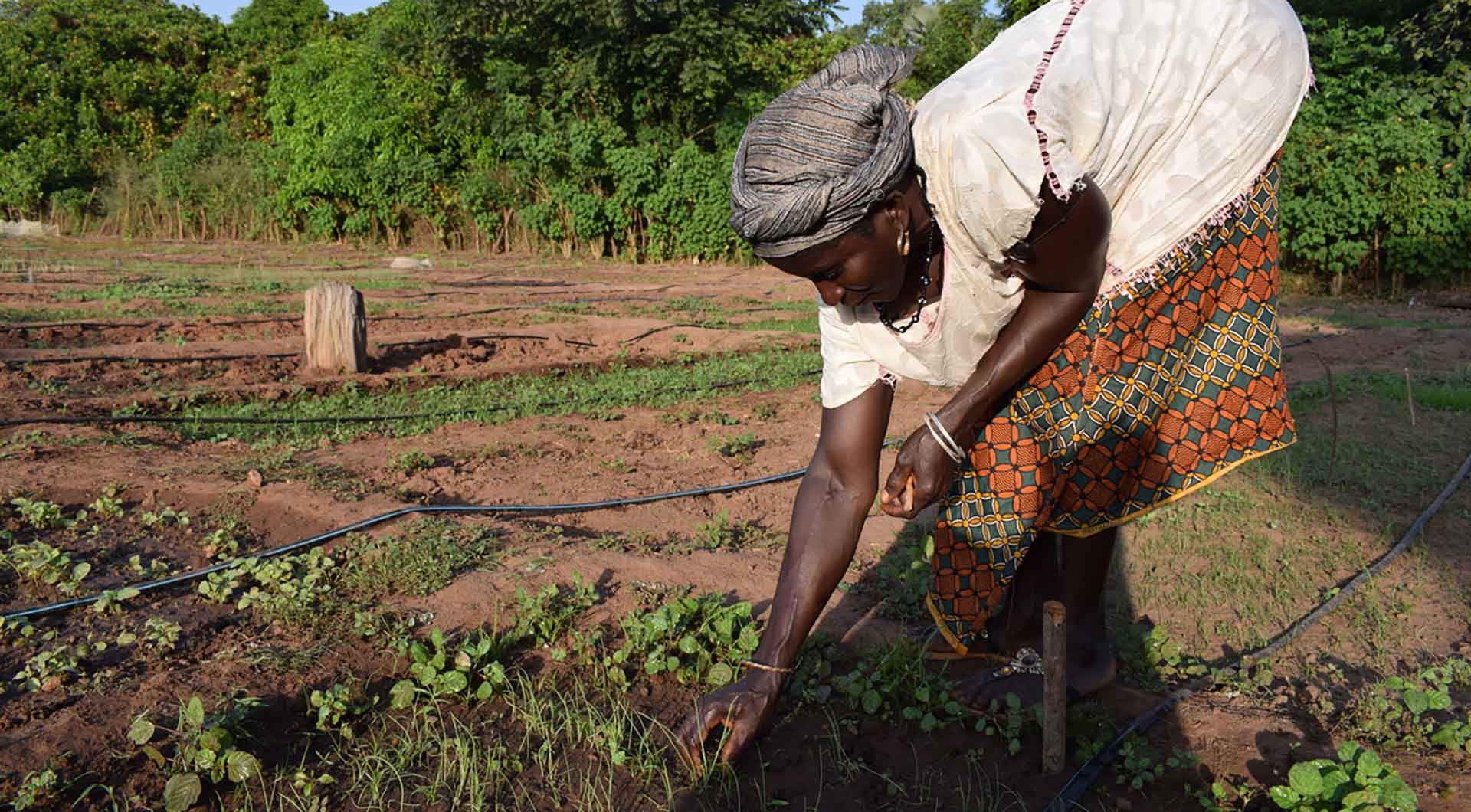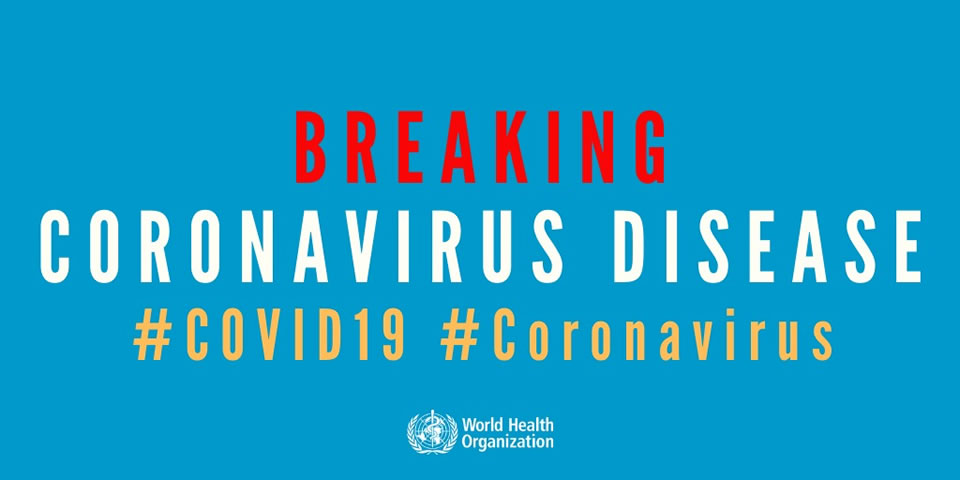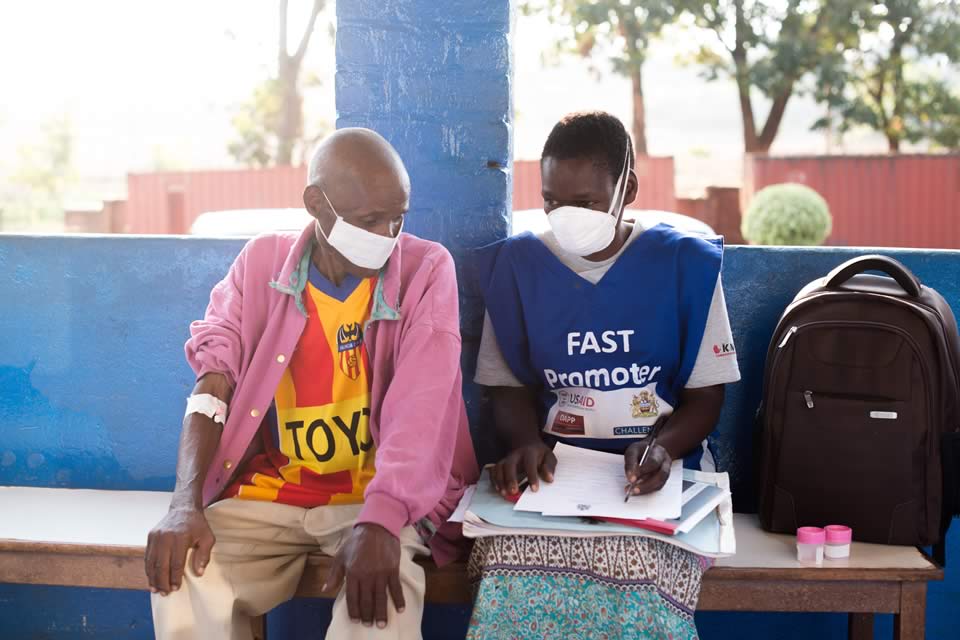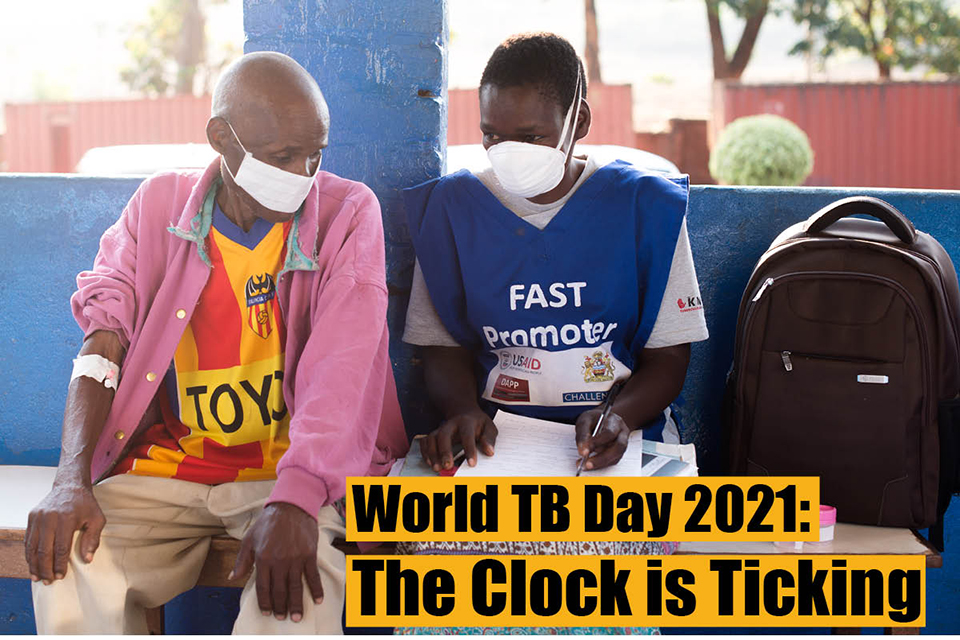
Global pandemics are the new threat to human life, affecting all sectors of society - from individual, to household, community, national, regional and international level. According to the United Nations, the number of outbreaks per year around the globe has more than tripled since 1980. Factors such as climate change, large concentrations of populations and excessive travel have brought in increased vulnerability today compared to 100 years ago.

An infection in one end of the world can make its way to the remotest location in another part of the world in a very short time as seen with COVID-19, popularly known as the coronavirus, the world’s latest disease threat. From an initially slow yet chronic health crisis in Wuhan City, China where it emerged in December2019, to a devastating outbreak, declared a ‘public health emergency of international concern’ and soon after a pandemic by the World Health Organization (WHO) on 11 March 2020.
As of 21 March 2020, WHO recorded 267 013 confirmed COVID-19 cases, 11 201 deaths and 185 countries with cases globally. With efforts stepping up to combat diseases such as TB and indeed HIV, and now the new threat and added severe complication of COVID-19 particularly in high risk groups or people with existing health conditions, this is by no means good news. The virus poses a danger not only to those already infected, but has the potential to heavily impact existing healthcare systems that are already overstretched, underfunded, weak and fragile, particularly in the global south.

TB remains the leading cause of death among people living with HIV, accounting for one in three HIV-related deaths. In 2017, out of an estimated 10 million people who developed TB, approximately 9% were living with HIV, according to UNAIDS.
COVID-19 is a new virus that can be passed onto anyone, regardless of age, gender or socio-economic status. The older generation is at greater risk of contracting COVID-19, especially those experiencing respiratory problems, says WHO. However, over the last few days, new studies emerging from USA, UK and Italy have seen COVID-19 affecting the younger generation, meaning that this population group may be more vulnerable to infection as well.
In resource-limited settings and poorer countries with rural populations and increased population density, COVID-19 remains a severe threat; this is exacerbated by scarcity of clean water, poor nutrition and lack of access to medical facilities. Awareness and prevention efforts are therefore critical to avoid infection or cross-infection.


